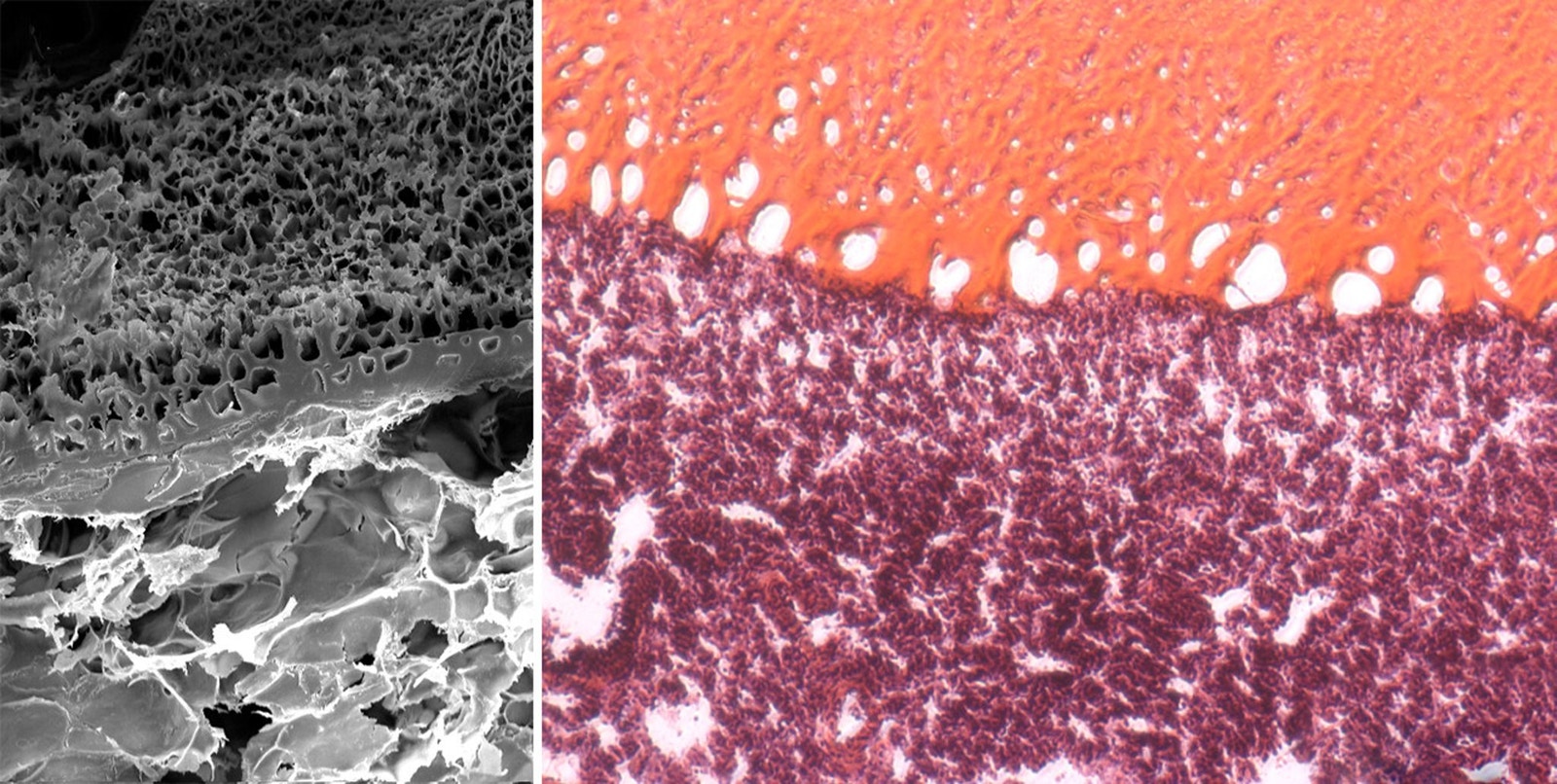- Inspiring People -
- 2mins -
- 823 views
‘Squirtable’ elastic glue that seals wounds in just 60 seconds could transform emergency treatments
New highly elastic and adhesive surgical glue that quickly seals wounds without the need for regular staples or sutures could revolutionise how surgery is performed.
Human Protein-Based Surgical Glue Seals Wounds in 60 Seconds
The new biocompatible and highly elastic hydrogel sealant can effectively seal wounds in soft, shape-shifting tissues and hard to reach areas without the need for common staples or sutures. The injectable biodegradable gel can be squirted onto internal and external wounds to seal them up and encourage healing.
Potential applications include car accidents and war zones as well as improving hospital surgeries
Biomedical engineers from the University of Sydney, Australia, and the Wyss Institute, Boston, collaborated on the development of the potentially life-saving surgical glue, called MeTro.
MeTro’s high elasticity makes the substance ideal for sealing wounds in body tissues that continually expand and relax – such as lungs, hearts and arteries – that are otherwise at risk of re-opening.
In tests, the material also worked well on internal wounds that are often in hard-to-reach areas and have typically required staples or sutures due to surrounding body fluid hampering the effectiveness of other sealants.
MeTro sets in just 60 seconds once treated with UV light, and the technology has a built-in degrading enzyme which can be modified to determine how long the sealant lasts – from hours to months — in order to allow adequate time for the wound to heal before the sealant dissolves harmlessly away.
The liquid or gel-like material has quickly and successfully sealed incisions in the arteries and lungs of rodents and the lungs of pigs, without the need for sutures and staples which can further traumatise already damaged tissue.
“The beauty of the MeTro formulation is that, as soon as it comes in contact with tissue surfaces, it solidifies into a gel-like phase without running away.” — Assistant Professor Nasim Annabi, Northeastern University.
“We then further stabilise it by curing it on-site with a short light-mediated crosslinking treatment. This allows the sealant to be very accurately placed and to tightly bond and interlock with structures on the tissue surface," she added.
The University of Sydney’s Professor Anthony Weiss described the process as resembling that of silicone sealants used around bathroom and kitchen tiles.“When you watch MeTro, you can see it act like a liquid, filling the gaps and conforming to the shape of the wound,” he said.
The gel responds well biologically, and interfaces closely with human tissue to promote healing. The gel is easily stored and can be squirted directly onto a wound or cavity.
“The potential applications are powerful – from treating serious internal wounds at emergency sites such as following car accidents and in war zones, as well as improving hospital surgeries.” — added Professor Weiss
Source: sydney.edu.au


